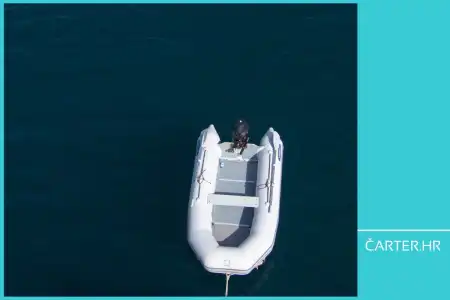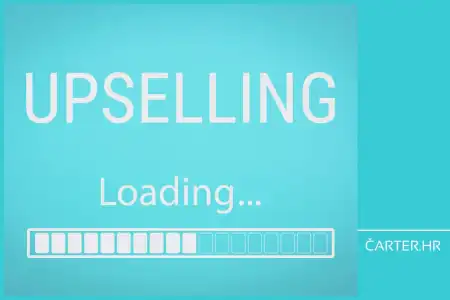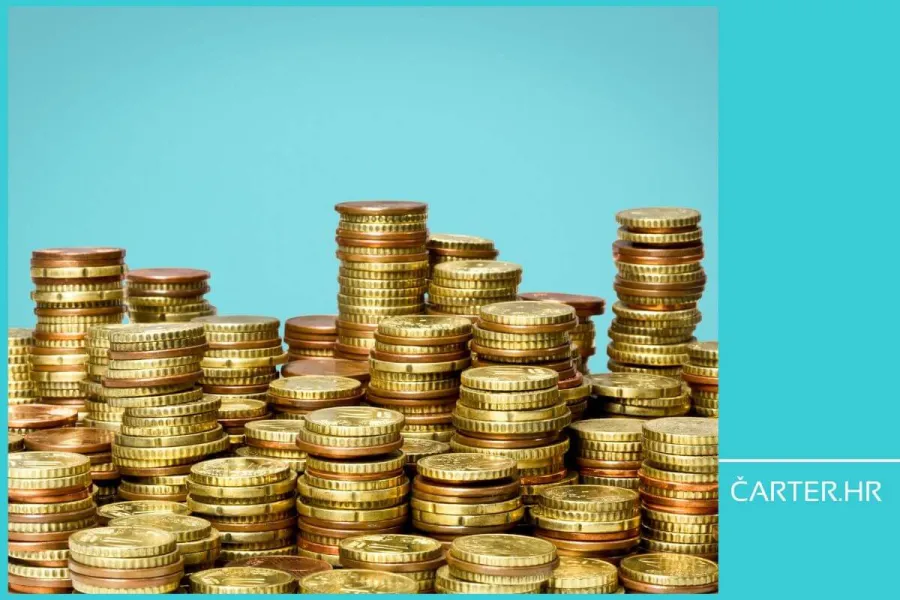
- 01.04.2025.
- News, Regulations, Finances
Workers are asking for more, employers are doing the math, and it seems like tourism – our long-standing pillar – is finding it increasingly hard to stay balanced. And behind the daily figures lies a much bigger question: what happens when growth no longer comes on its own? In his new text, Ivica Žuro raises questions that rarely make it into focus – what happens when growth no longer comes on its own? And where is Croatia in all of this?
Last year, seasonal workers in hospitality, tourism and retail earned an average monthly salary of approximately 1,150 to 1,200 euros.
This year, they expect significantly more, according to all relevant surveys of worker attitudes. And significantly more it is – 200 euros more on average net – which would bring them to the national median net wage.
Among the listed occupations, waiters stand out with salary expectations, aiming for a net wage of 1,550 euros, and chefs who won’t be willing to turn on the stove or sharpen knives for less than 1,700 euros net.
The biggest difference between last year’s earnings and this year’s expectations is seen with cleaners, who in 2024 worked for an average of 935 euros net monthly, while this season there's no chance they’ll prepare cleaning supplies for less than 1,500 euros.

Inflation and wages – the “new price” of vacation
The fact that seasonal workers are demanding significantly higher wages – and why wouldn’t they, seeing how the public sector practically receives a consumption power boost by decree measured in hundreds of euros – will impact the prices of services in tourism and hospitality. Altogether, this will continue to support a higher inflation rate in Croatia compared to the EU.
Alongside a series of economic and social inconsistencies that exist here, by most indicators we are at roughly 75% of the EU average, or halfway to the average of its wealthier members. It will take time to reach the magical threshold of real income per employee of around 90% of the EU average, which in practice has already proven to be a turning point after which economic migration essentially stops.
That will not happen if:
- investments in companies and sectors that create higher added value per employee and pay higher real personal incomes do not increase,
- unproductive public spending is not reduced.
Only profitable companies can invest in productivity and sustainably, justifiably increase employee earnings.
Even the largest continental economic power is facing this – so how won’t a country like ours, with as many inhabitants as Berlin and its surroundings but a GDP three times smaller than that city’s.
Germany is slowing down, and with it, likely our season too
German employers remain quite pessimistic after a wave of layoffs in the industry and announcements of job cuts. The overall business climate at the moment is very unhealthy and comparable to that at the peak of the COVID pandemic.
What does that mean for us as a tourism-based economy? Not much good, if we know that this is the leading country in terms of both the number of guests and spending in Croatia.
The numbers are relentless and say the following – 147 thousand fewer German tourists on an annual basis, while an increase of 870 thousand tourists from all other markets meant a growth in tourism revenue of only 247 million euros, or 1.7% compared to last year.
On the other hand, government spending once pulled the United States and a number of other countries out of serious s... situations, so a Neuordnung, or New Deal the German way, can be expected. The German parliament, before its dissolution, adopted a bill that provides for significantly increased government spending on infrastructure and military.
As soon as an impact on employment from this measure is felt, the average German’s fear will ease, and they will once again dare to travel abroad and spend as they once did.
No matter what marketing claimed, relying on growth through only and exclusively reducing emissions and ecology could never be a substitute for the rest of the economy, and often turned out to be a failure.
On top of that, the EU, and thus Germany as well, have gotten used to outsourcing everything they consider unnecessary – from metallurgy to call centers to defense and security – and paying someone else to do it, but sooner or later, the savings come due, with or without Trump, tariffs or not.
“Defensive” production opens space for domestic investments
The paradigm is shifting, and in light of the loss of markets and jobs for the German industry, not every misfortune is a misfortune – those capacities can still be used for vehicles with conventional propulsion, especially military ones, which are about to experience a renaissance. What’s even more important is that this sector is the locomotive of the steel and metal manufacturing chain with significant added value.
Defense spending at the level of 3% of GDP will generally increase the growth of the European economy.
This also applies to Croatia.
In that scenario, Croatia could increase its GDP growth by 0.6 percentage points, which is close to the leading countries in this regard.
The revenues of companies in the Croatian Competitiveness Cluster of the Defense Industry doubled from 2019 to 2023, reaching 401 million EUR, while exports increased two and a half times and now amount to 300 million EUR.
Moreover, most of our companies have investment potential because they are practically debt-free, and with credit lines available, they could stimulate the development of the entire manufacturing industry, with an emphasis on metal processing. The Croatian defense industry includes prominent manufacturers in various segments, and there is potential for synergistic action of the domestic manufacturing sector.
Where will the money for a rapid launch come from?
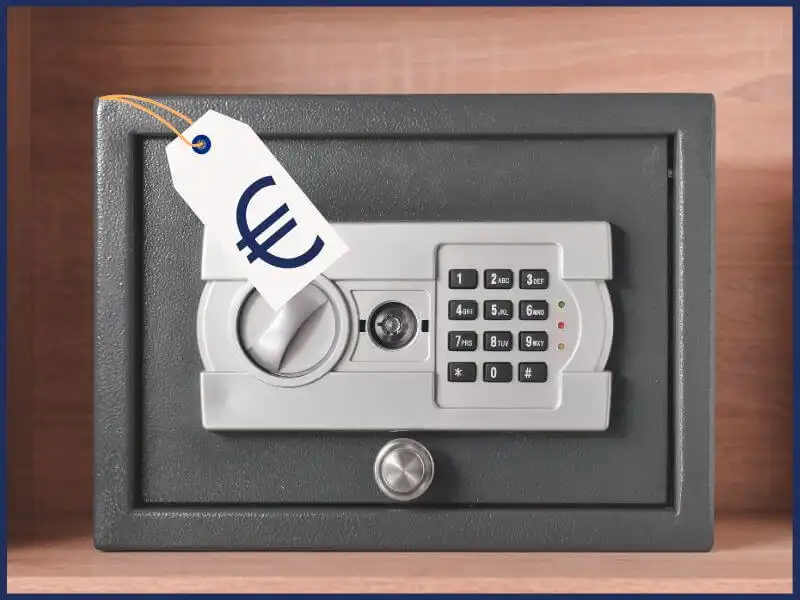
EU funds – billions of reasons to snap out of it
Interest rate subsidies and guarantee programs for improving productivity can be financed from the unused portion of the EU Recovery and Resilience Plan, of which 300 billion euros remain.
In light of the changing security paradigm, there is increasing talk about redirecting 400 billion euros from the Multiannual Financial Framework until 2027, intended for the protection of natural resources and the environment, as well as redirecting cohesion funds, using various financial lines and other mechanisms backed by the EU’s monetary authorities.
This would also affect productivity growth, which, at a rate of 1%, still significantly lags behind the growth of collectively bargained wages at 4.12%. Inflation continues to move above the central bank’s target inflation rate. That means – wage growth in the public sector alongside stagnation in the real sector is unsustainable.
In most EU member states, large companies have 40–70% higher productivity compared to micro and small ones, while Croatian large companies (over 250 employees) have 3.3 times lower productivity per working hour than the EU average.
Croatia needs to attract investments from countries building a new architecture of global value chains, which requires stronger support for investors in designing local supply chains. No need to drop our pants now – that’s always an option for those who don’t know better, but let’s try something else first – more focus is needed on economic diplomacy and attracting investments while easing business operations… and less on fruitless public debates like whether our tourism is expensive or not.
For the growth of gross added value and productivity, a coordinated mix of structural policies is essential through:
- reducing the tax burden on highly qualified employees,
- tax incentives for reinvesting profits into new technology,
- accelerating judicial mechanisms,
- continuous strengthening of employees’ skills and capacities,
- making business start-ups tax-attractive.
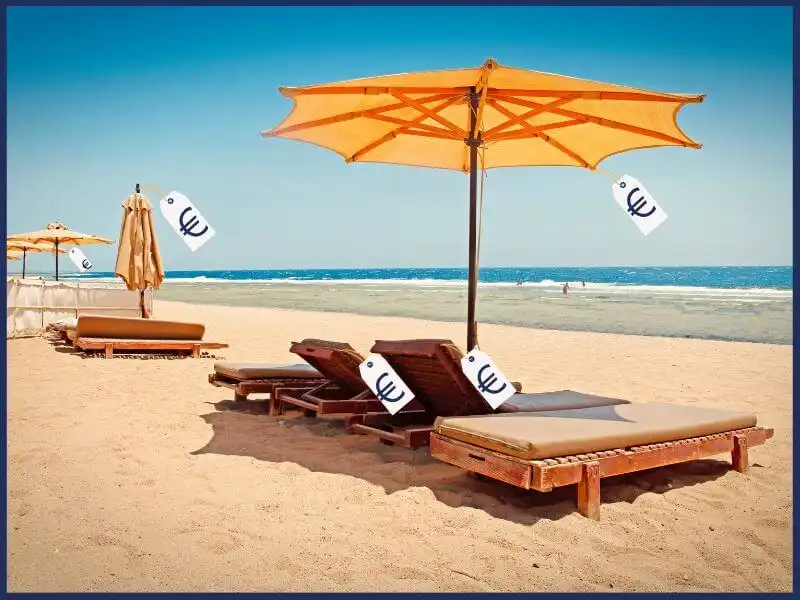
Productivity doesn’t grow in the sun – more is needed than tourism
There is room for productivity growth, particularly in agriculture, manufacturing, and public utility companies, where we lag the most compared to reference values.
According to the latest data, our country achieves 79% of the EU average in productivity per worker, which is significantly better than Bulgaria at 54.4%, but also significantly worse than Germany, which has three times higher productivity than Croatia.
In the last 20 years, we have moved from 68% of the Union average in terms of productivity, but other transitional countries – which were significantly behind us at the time of switching to a market economy – have made greater strides.
This was due to improvements in the investment climate in technology and education, as well as continuous work on designing a competitive tax system and reforming the public administration.
In other words, they had the courage to do what is avoided here.
How to accelerate productivity growth?
Now it's the public administration’s turn, and without reform, there will be no progress.
A clear example is 2.6 billion euros worth of blocked investments in renewable energy, whose realization has been waiting for a decision from the domestic regulatory agency HERA on the amount of the connection fee for 3 years. And just last summer, we paid neighboring countries almost 300 million euros practically just to have a ready system for the projected number of consumers.
In short, it can be done differently.
Categories of trends
- News
- Sale
- Marketing
- SEO
- Web design
- Social media
- Technology
- Regulations
- Management
- Education
- Finances
- User experience
Newsletter
Sign up for the newsletter and receive the latest trends and tips straight to your inbox



